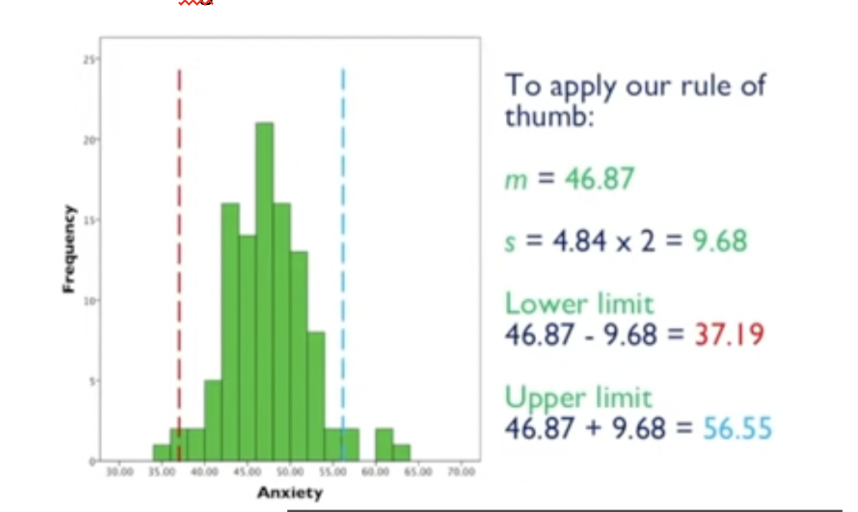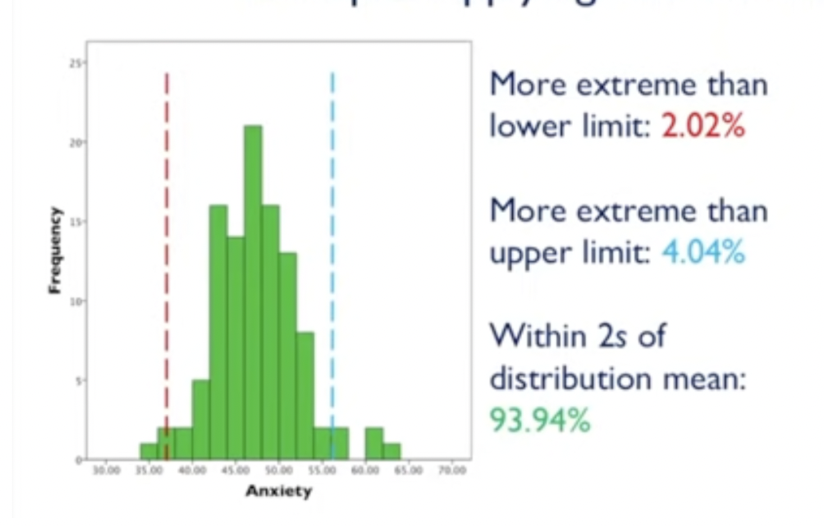Research Modules 2: Typical and Extreme Scores
0.0(0)
Card Sorting
1/14
There's no tags or description
Looks like no tags are added yet.
Study Analytics
Name | Mastery | Learn | Test | Matching | Spaced |
|---|
No study sessions yet.
15 Terms
1
New cards
Probability
For a situation with multiple possible outcomes, the probability of a specific outcome is a fraction or proportion of all possible outcomes.
2
New cards
Random Sampling
Each individual in the population has an equal chance of being selected.
3
New cards
Simple Random Sample
A sample obtained through random sampling where each individual has an equal chance of selection.
4
New cards
Independent Random Sampling
Each individual has an equal chance of being selected, and the probability of selection remains constant if multiple individuals are chosen.
5
New cards
Sampling with Replacement
Returning each individual to the population before the next selection to maintain constant probabilities.
6
New cards
Central Tendency
A feature describing the center of a data distribution.
7
New cards
Variability
A feature describing the spread or dispersion of data in a distribution.
8
New cards
Histogram
A graphical representation of a data distribution.
9
New cards
Normal Shape
Data distribution where the majority of data is in the middle, with relatively fewer values at the extremes.
10
New cards
Normal Distribution
A distribution where most observations are in the middle, symmetrical, and decrease in frequency towards the tails.
11
New cards
Extreme Scores
Scores at the edges of a distribution, occurring infrequently and differing significantly from typical scores.
12
New cards
2s Rule of Thumb
In a normally shaped distribution, approximately 95% of scores fall within 2 standard deviations of the mean.
13
New cards
2s Rule of Thumb: Typical Scores
Scores within 2 standard deviations of the mean, expected and frequent in the distribution.
14
New cards
2s Rule of Thumb: Extreme Scores
Scores outside 2 standard deviations of the mean, infrequent and not expected in the distribution.
15
New cards

Applying 2 Rule of Thumb
Double standard deviation then add and subtract that number from the mean to define the critical limits to determine what is typical and what is extreme
